10 Essential Differences Between Serval And Savannah Cats Explained

Welcome to the fascinating world of servals and savannah cats, where wild instincts meet domestic charm. You’ll discover what sets these cats apart, from their appearances to their temperaments. So, sit back, relax, and let’s explore the captivating traits of servals and savannah cats.
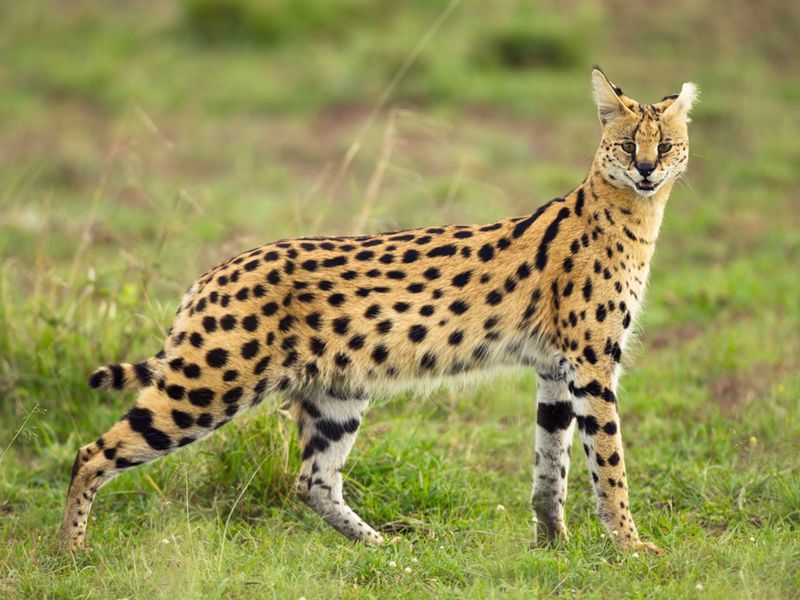
© National Geographic Kids 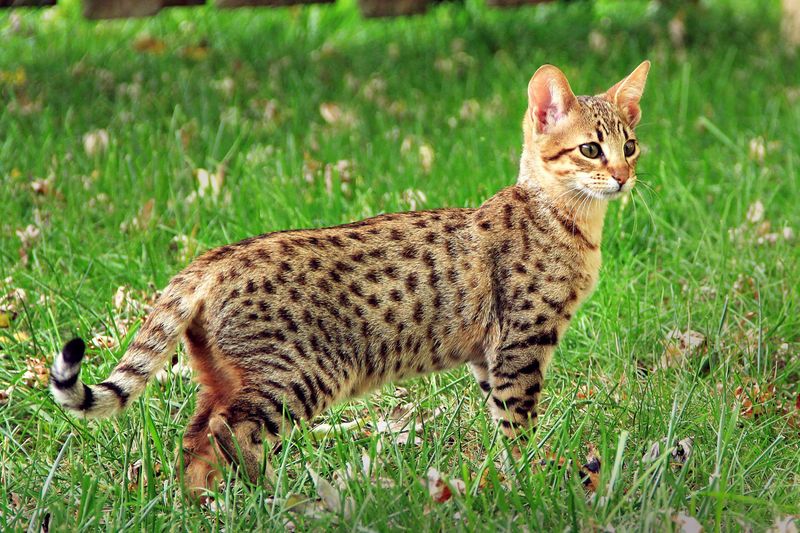
© The Spruce Pets 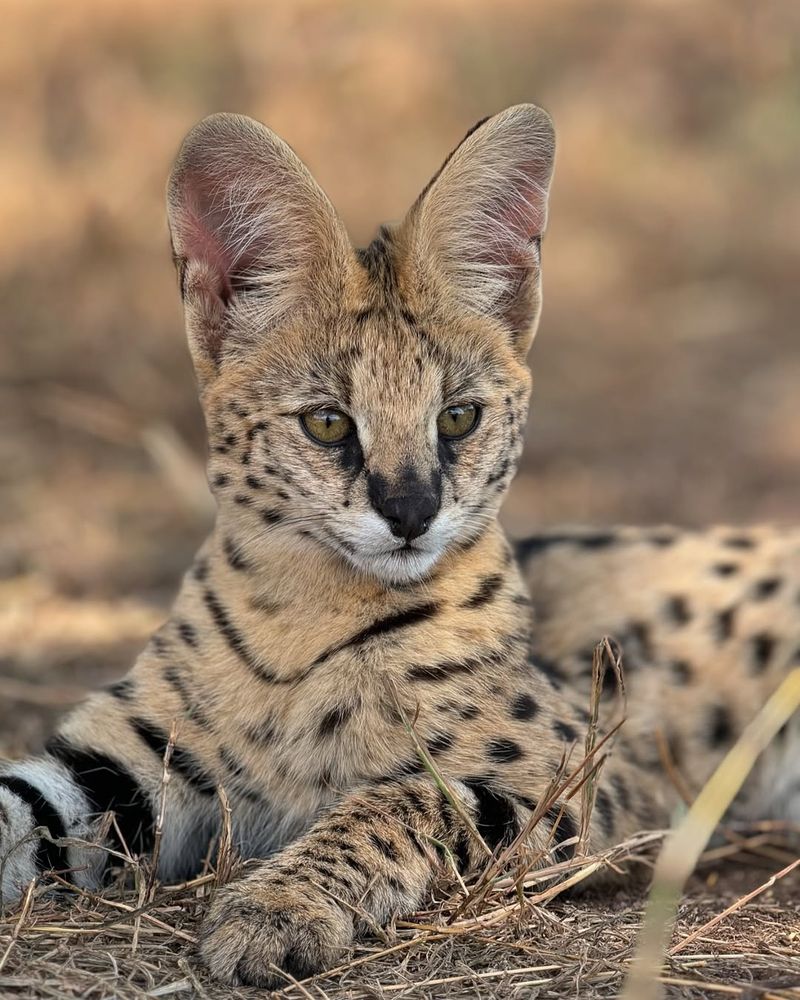
© servalwildlife 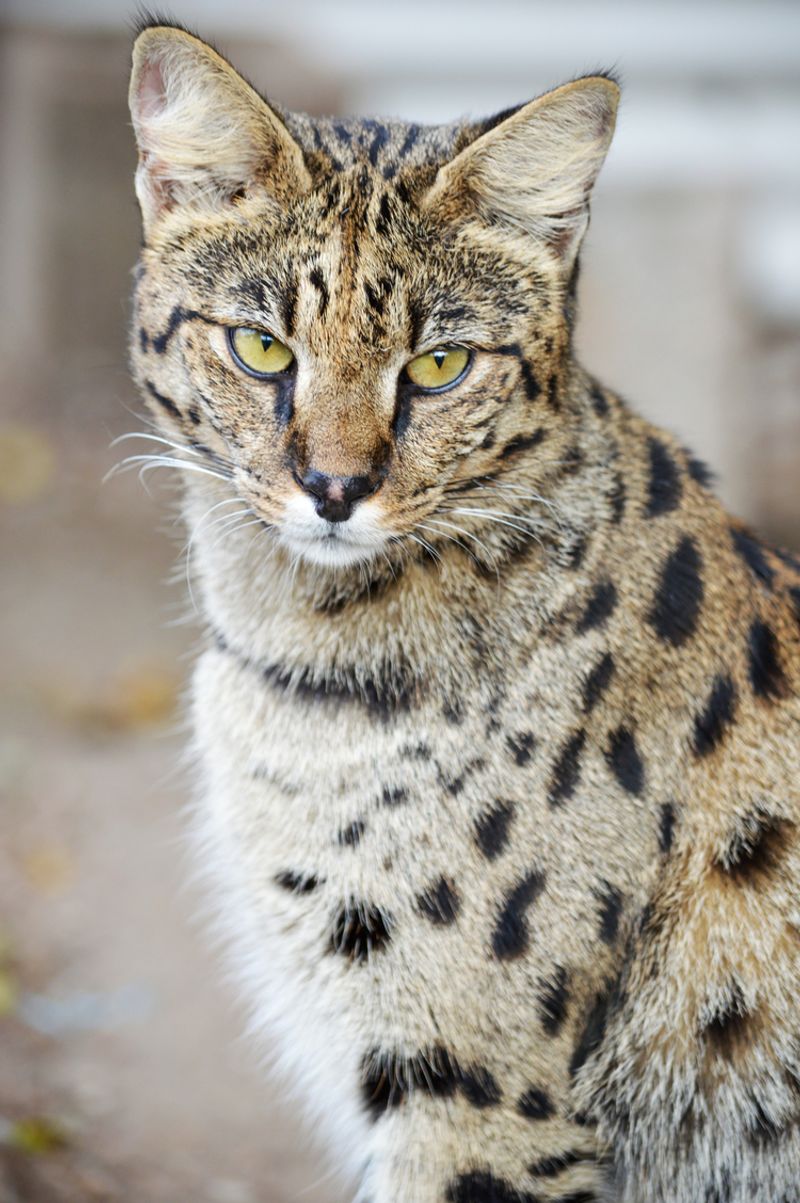
© A1 Savannahs 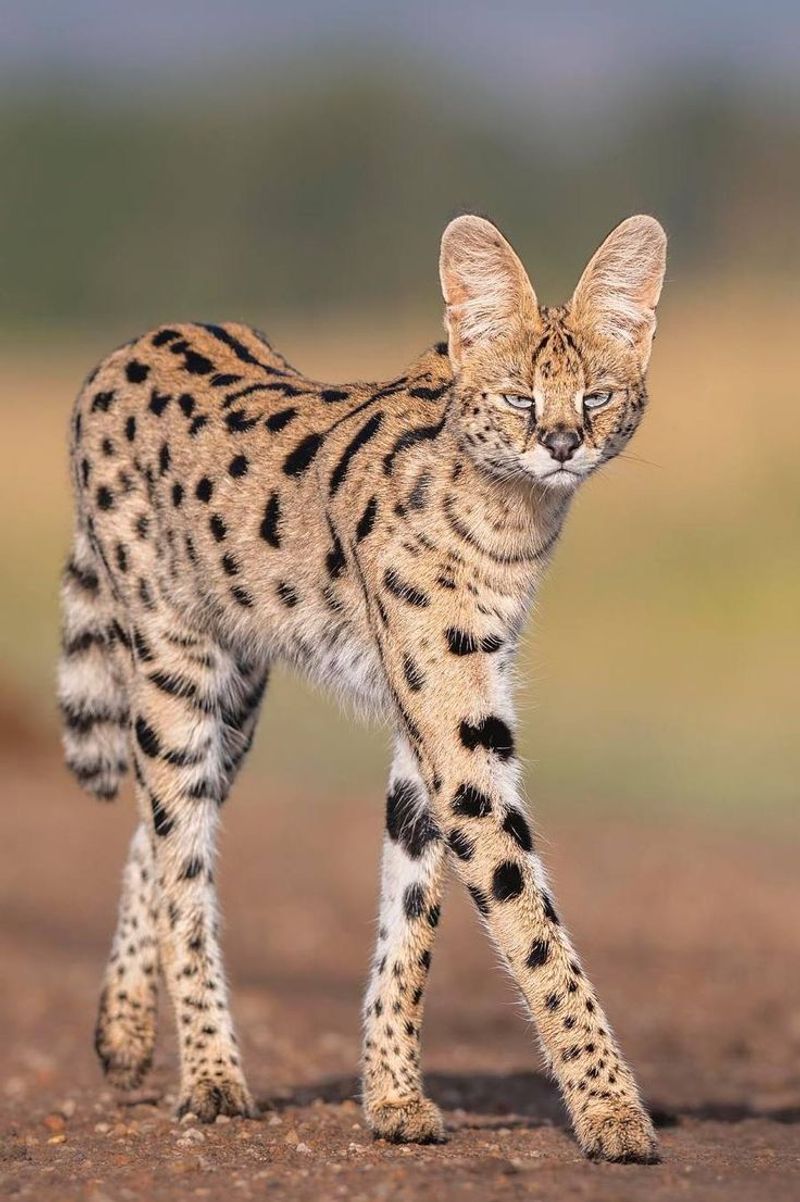
© nathalie_marbles 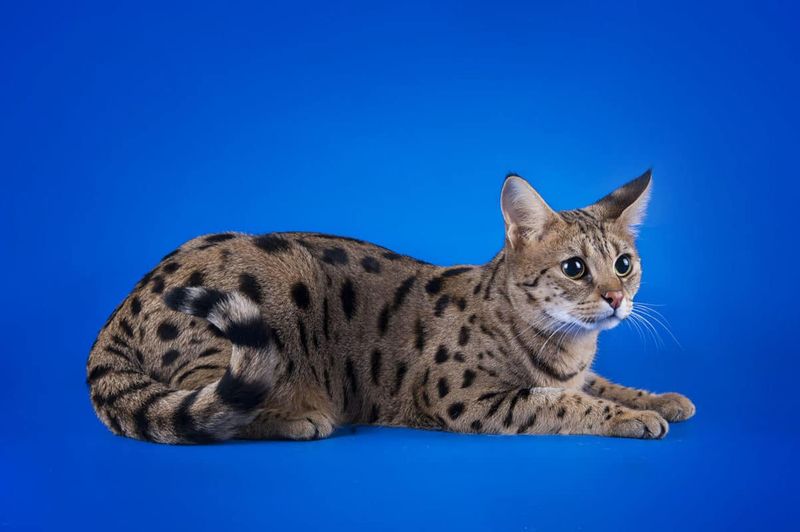
© Catastic 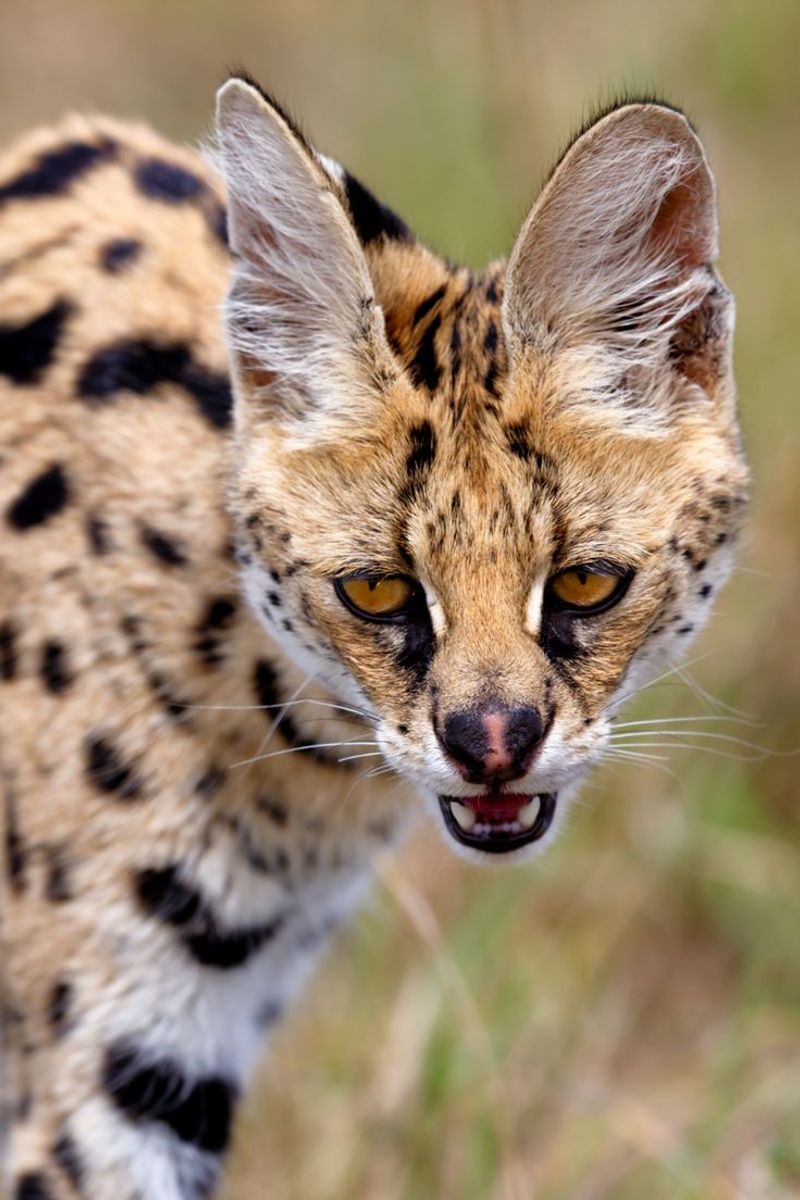
© africafreak 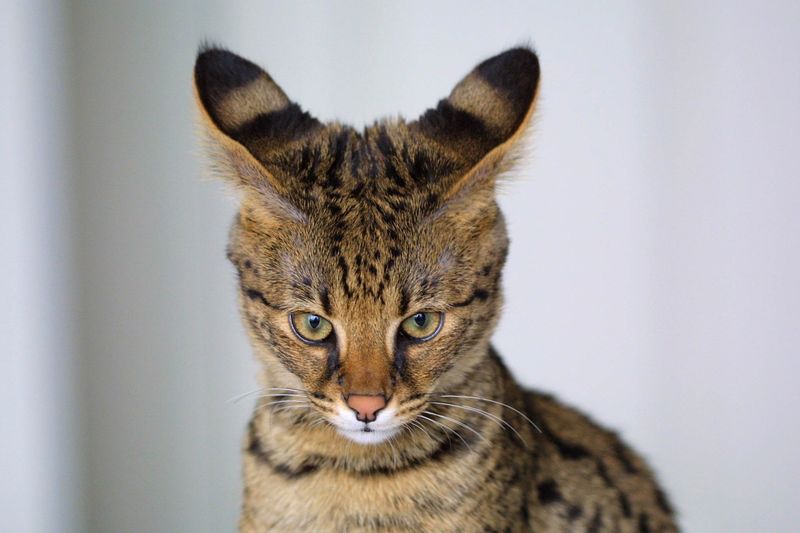
© Wag! 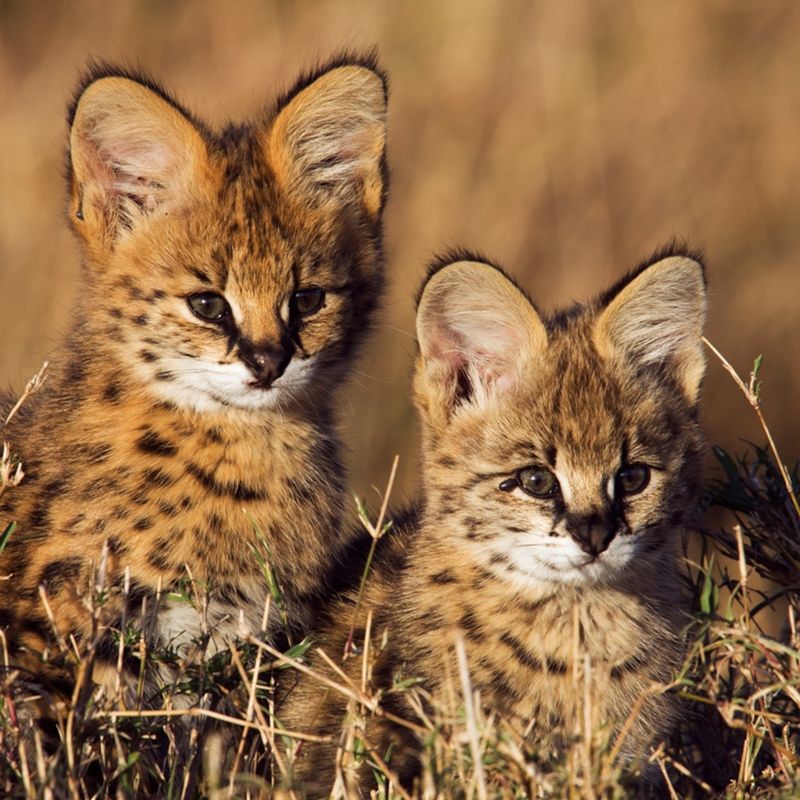
© National Geographic Kids 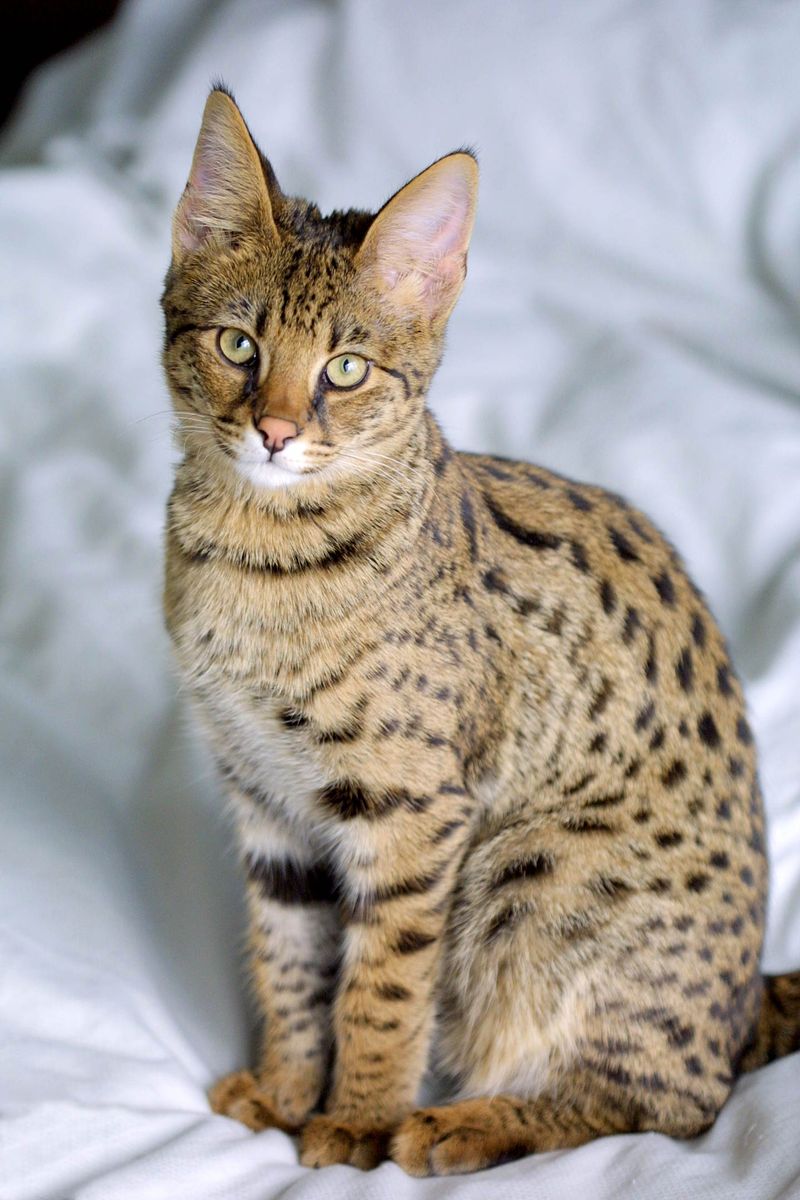
© Wikipedia
1. Size And Build

2. Origin And Ancestry

3. Temperament And Behavior

4. Living Environment

5. Dietary Preferences

6. Coat Patterns And Colors

7. Legal Status And Ownership

8. Vocalization And Communication

9. Social Interactions

10. Health And Lifespan

